Discover the critical role of embarkation ladders on ships, essential for emergency evacuations and crew operations, governed by stringent SOLAS regulations.
KEY TAKEAWAYS
- The Embarkation Ladder is a vital piece of deck equipment, crafted from wood and manila rope for emergency evacuations and various crew activities.
- SOLAS Compliance ensures embarkation ladders adhere to specific requirements outlined in Chapter III, enhancing safety and efficiency during emergency evacuations on both passenger and cargo ships.
- Construction and Maintenance of embarkation ladders involve durable, waterproof materials to withstand marine conditions, necessitating regular maintenance and SOLAS-compliant signage for safety.
- Operational Differences highlight that, unlike pilot ladders, embarkation ladders do not require spreaders, facilitating quick deployment during emergencies.
- Distinct Purposes set embarkation ladders apart from pilot ladders, as they are primarily used for emergency evacuations to lifeboats or rafts, differing in storage, setup, and operational use.
An embarkation ladder is one of the deck equipment, often used by the crew to board a lifeboat or used as access to the life rafts. Embarkation ladders are made of wood and manila rope.
This occurs when the Master of the vessel declares to abandon the ship because the crew is unable to control a fire, the ship is sinking or there is a danger of explosion.
At times, it is also used by the crew and stevedores during bunkering operations, hauling of provisions, and ship stores. On some rare occasions, it is used for draft reading, and hull and cargo hold maintenance.
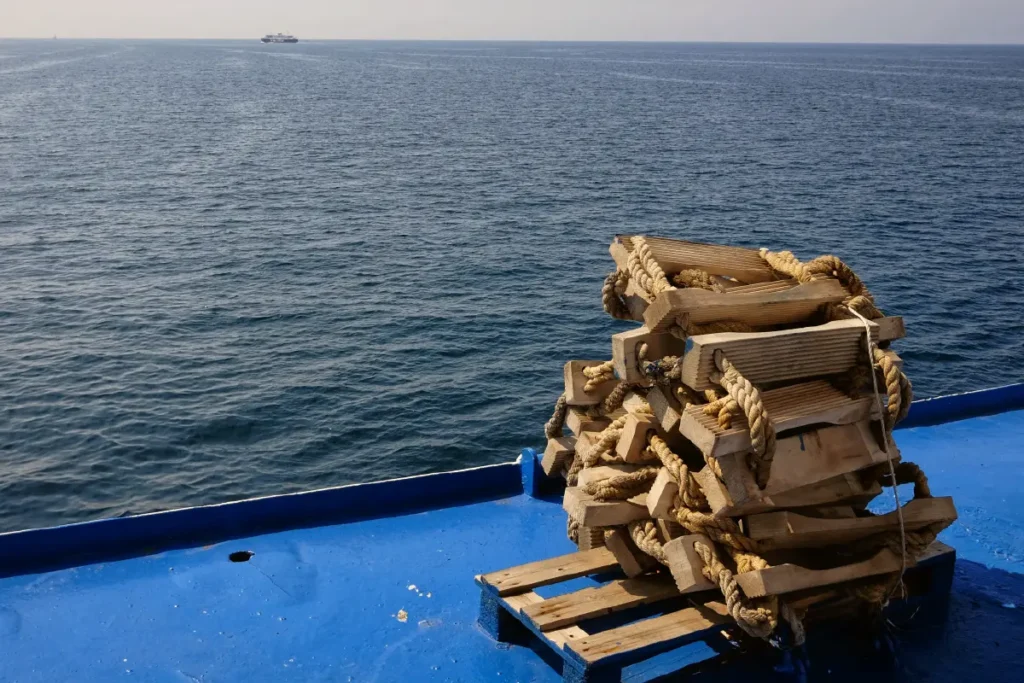
What Are Embarkation Ladder Solas Requirements?
Embarkation ladder requirements are meticulously outlined in the International Convention for the Safety of Life at Sea (SOLAS), specifically within Chapter III, Part B, which addresses “Requirements for ships and life-saving appliances.” These regulations are applicable across various ship types, ensuring the safety and efficiency of emergency evacuations. Key regulations include:
Passenger Ships:
- Regulation 11: Focuses on survival craft muster and embarkation arrangements, ensuring passengers can quickly and safely access survival craft.
- Regulation 23: Details the arrangements for survival craft and rescue boat embarkation, emphasizing ease of access and efficiency during emergencies.
Cargo Ships:
- Regulation 11: Similar to passenger ships, it mandates survival craft muster and embarkation arrangements tailored to the unique needs of cargo vessels.
- Regulation 33: Specifies requirements for survival craft embarkation and launching arrangements, ensuring readiness and operational integrity.
Construction and Material: Embarkation ladders must be constructed from waterproof and durable materials to withstand harsh marine environments and weather conditions. The standard ladder length is set at 12 meters, comprising 36 steps, though variations in length may occur based on the ship’s freeboard.
Storage and Accessibility: To protect against environmental damage, ladders may be covered with easily removable tarpaulin or stored in lockers. This strategy helps in preserving the ladder’s integrity against heat, rain, and saltwater exposure.
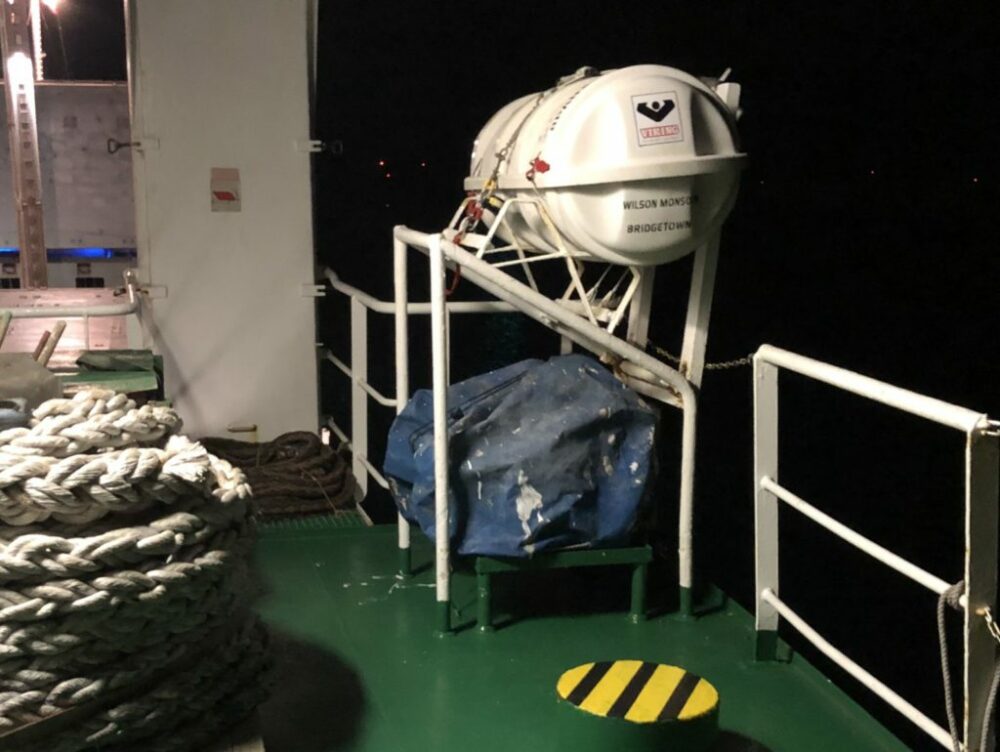
Specifications: The ladder ropes, typically made of mold-resistant Manila with a diameter of 18mm, support grooved hardwood steps secured by aluminum clamps or ropes, along with wedges for additional stability. The recommended dimensions for a standard 12-meter ladder are 12000mm x 500mm x 120mm. The lower steps, preferably made of rubber for enhanced durability in water, ensure safety during use in emergencies.
Installation and Maintenance: A designated strong point for ladder attachment must be clearly marked on the embarkation deck, indicating a safe working load. Ladders must be clearly labeled with the manufacturer’s information and certified by the relevant authority. Regular rigging, testing, and inspection during drills are essential to maintain readiness and compliance with SOLAS standards.
Operational Testing: Approval tests for embarkation ladders include assessments of strength, step friction, and flexibility. Crew members must be proficient in rigging the ladder as part of emergency drills, ensuring they can safely descend to lifeboats or liferafts. After use, ladders should be cleaned, inspected, and securely stored to maintain their condition.
This summary integrates and refines the provided draft with a focus on clarity, regulatory compliance, and practical guidance, ensuring a comprehensive overview of embarkation ladder SOLAS requirements.
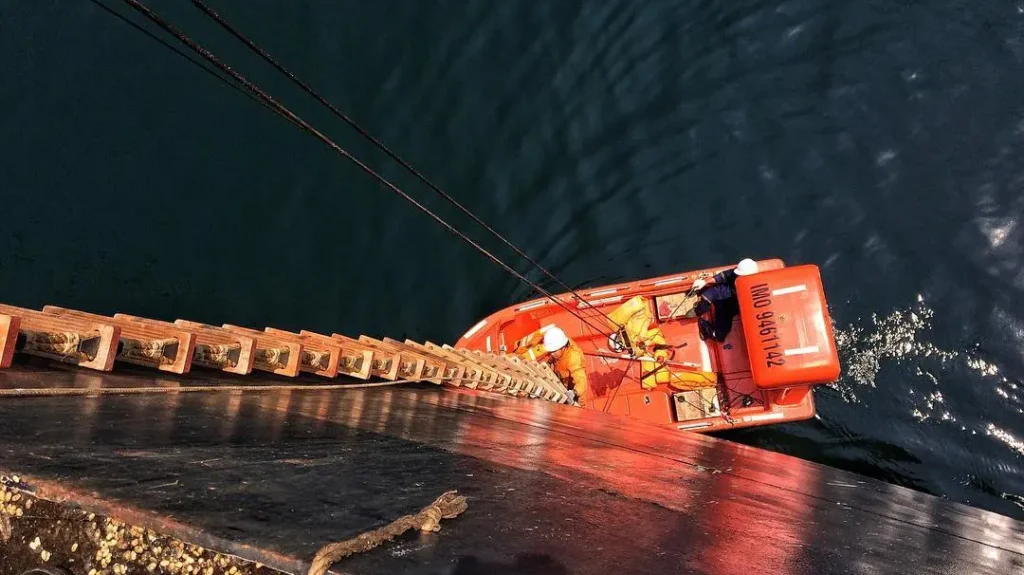
How Does SOLAS Guide Effective Embarkation Ladder Signage?
The location and signage for embarkation ladders on ships are regulated to ensure safety and accessibility during emergencies. These regulations are part of the broader safety standards set by the International Convention for the Safety of Life at Sea (SOLAS). SOLAS is the key international treaty that specifies minimum safety measures for the construction, equipment, and operation of merchant ships. The requirements for signage, including those indicating the location of embarkation ladders, are detailed in the SOLAS regulations, particularly in Chapter III, which deals with life-saving appliances and arrangements.

Key Points Regarding Signage for Embarkation Ladders:
- Visibility and Identification: SOLAS requires that signs indicating the location of embarkation ladders be highly visible and identifiable. This is crucial for ensuring that in the event of an emergency, crew, and passengers can quickly locate the embarkation ladders for evacuation purposes.
- International Symbols: The use of internationally recognized symbols and signs for life-saving equipment, including embarkation ladders, is mandated. This standardization helps overcome language barriers and ensures that the signage is universally understood. The symbols are defined in the International Maritime Organization (IMO) Resolution A.1116(30), “Escape Route Signs and Equipment Location Markings.”
- Illumination: In many cases, SOLAS requires that signs be illuminated or made of reflective materials. This ensures that the signs are visible in low-light conditions or at night, facilitating quick and safe evacuation.
- Maintenance: SOLAS also mandates regular maintenance and inspections of safety signs to ensure they remain in good condition and continue to comply with visibility requirements. This includes ensuring that signs are not obstructed and remain legible over time.
- Placement: The placement of signs is strategically chosen to be at points of high visibility and along the routes that lead to the embarkation stations. This strategic placement is part of the ship’s safety plan, which is reviewed and approved by relevant maritime safety authorities.
- Compliance and Inspection: Ships are subject to inspection by flag state authorities and port state control to ensure compliance with SOLAS requirements, including those related to the signage of embarkation ladders. Non-compliance can result in penalties, including detention of the vessel until deficiencies are rectified.
The regulation of signage indicating the location of embarkation ladders is a critical aspect of maritime safety, governed by SOLAS and enforced through international cooperation among maritime authorities. These regulations ensure that in the event of an emergency, individuals on board can quickly and efficiently locate and access embarkation ladders for evacuation.
Why Does Embarkation Ladder Has No Spreader?
As much as spreaders are important on a pilot ladder, it is not necessary on an embarkation ladder. It may even pose a risk and danger if the crew installs a spreader on embarkation ladders onboard.
Though spreaders help the ladders from twisting, it is not needed on an embarkation ladder as they are directly rigged on the water or can be held by persons inside the lifeboat or liferafts.
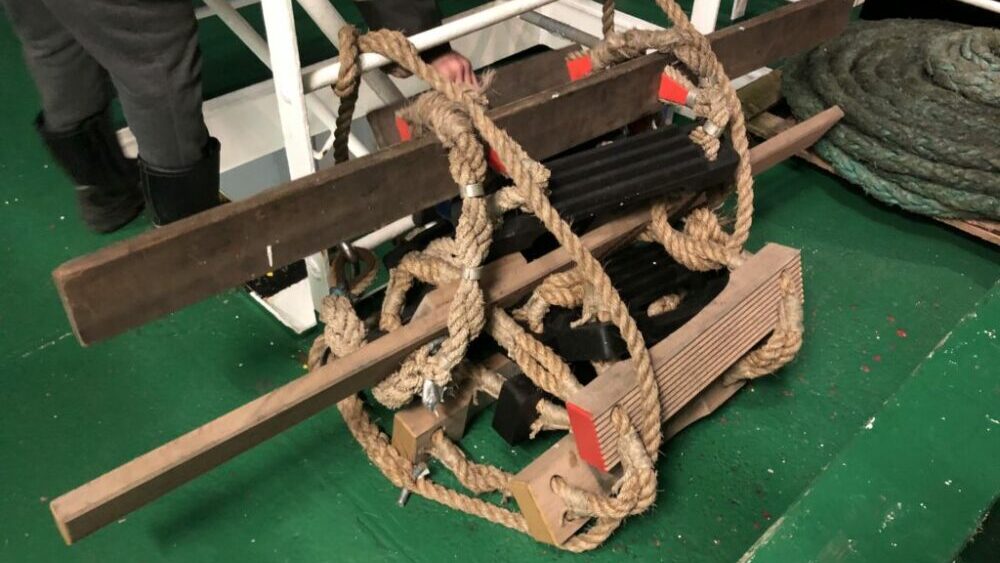
Embarkation ladders are used during emergencies. It is required to be prepared and installed with a minimum crew and as quickly as possible. Spreaders would add more weight to the ladder if it is installed and might trip or injure assigned persons since this is being done in an emergency.
Embarkation ladders must be installed in 5-10 minutes. With spreaders on them, it would take twice the time needed to rig the ladder.
It would also take so much time to prepare and is difficult to retrieve when it is being used even just on drills.
Abandon ship drills are done twice a month and that would bring much wear and tear on the ladder if a spreader is installed. Hence, there is no need for spreaders in an embarkation ladder.
What is The Difference Between a Pilot And Embarkation Ladder?
The pilot ladder and embarkation ladder, while appearing similar at first glance and constructed from comparable materials, serve distinct purposes. A pilot ladder is utilized by marine pilots for boarding or disembarking a vessel during docking maneuvers. Conversely, the embarkation ladder is employed for boarding lifeboats and life rafts in emergency situations.
Pilot ladders are typically stored in the midship store, whereas embarkation ladders are kept on the embarkation deck near the lifeboats and life rafts. Preparing a pilot ladder usually requires the effort of three to four crew members, in contrast to the embarkation ladder, which can be set up by just two.
The setup and rigging process also differs significantly between the two. Pilot ladders are rigged based on the vessel’s condition—laden or ballast. In a laden condition, with a freeboard of less than nine meters, the pilot ladder can be rigged directly to the ship’s side. In ballast condition, with a freeboard exceeding nine meters, a combination of the pilot ladder and an aluminum ladder, secured at the midship, is used to facilitate boarding.
Embarkation ladders, however, are rigged in a consistent manner regardless of the vessel’s condition. They are attached to a strong point on the embarkation deck, near the lifeboats, and lowered into the water close to the lifeboats or rafts.
Another distinction lies in their arrangement concerning the waterline. The pilot ladder is arranged so that its bottom steps are above the waterline, tailored to the pilot’s requirements, while the embarkation ladder is rigged to extend directly into the water.
Regarding maintenance and inspections, the embarkation ladder, often exposed to harsh weather, must be thoroughly inspected by a competent person and promptly repaired or replaced if necessary to avoid violations during port inspections. Although the pilot ladder is stored safely in the storeroom, it still requires periodic checks and surveys to ensure its integrity and readiness for use.
- Sustainable and Luxurious: Discovering Split’s Yachting Paradise – April 26, 2024
- MarineTraffic vs VesselFinder: Which Is Better Vessel Tracking Service? – February 14, 2024
- Port Costs: A Comprehensive Guide to Port Dues and Fees for Cargo Ships – February 12, 2024



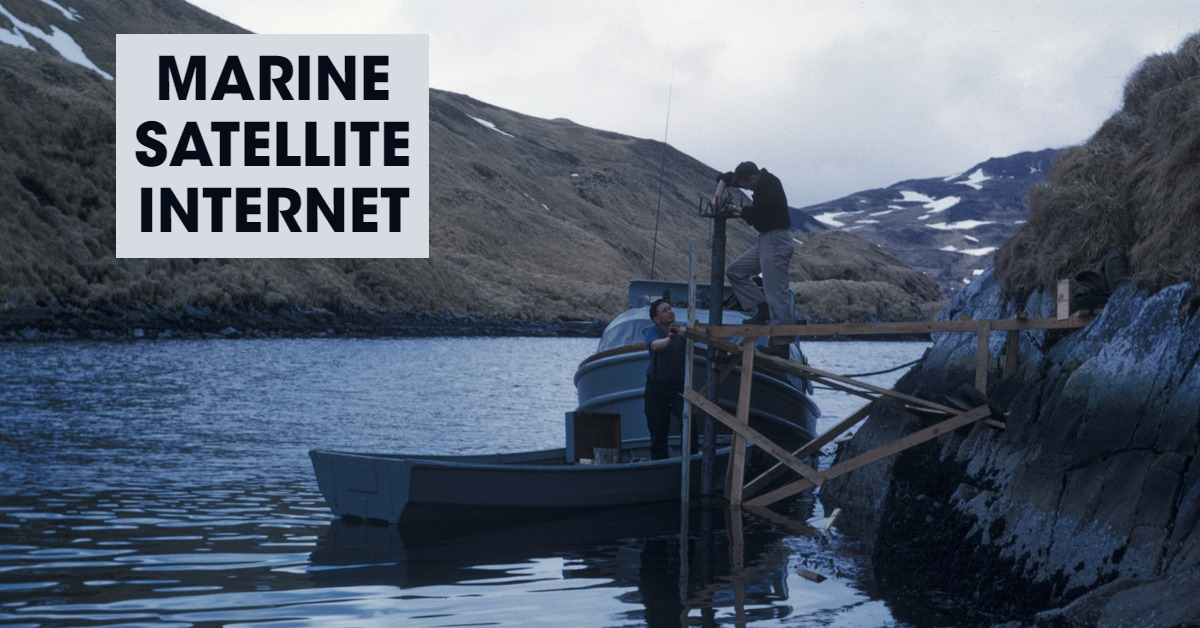
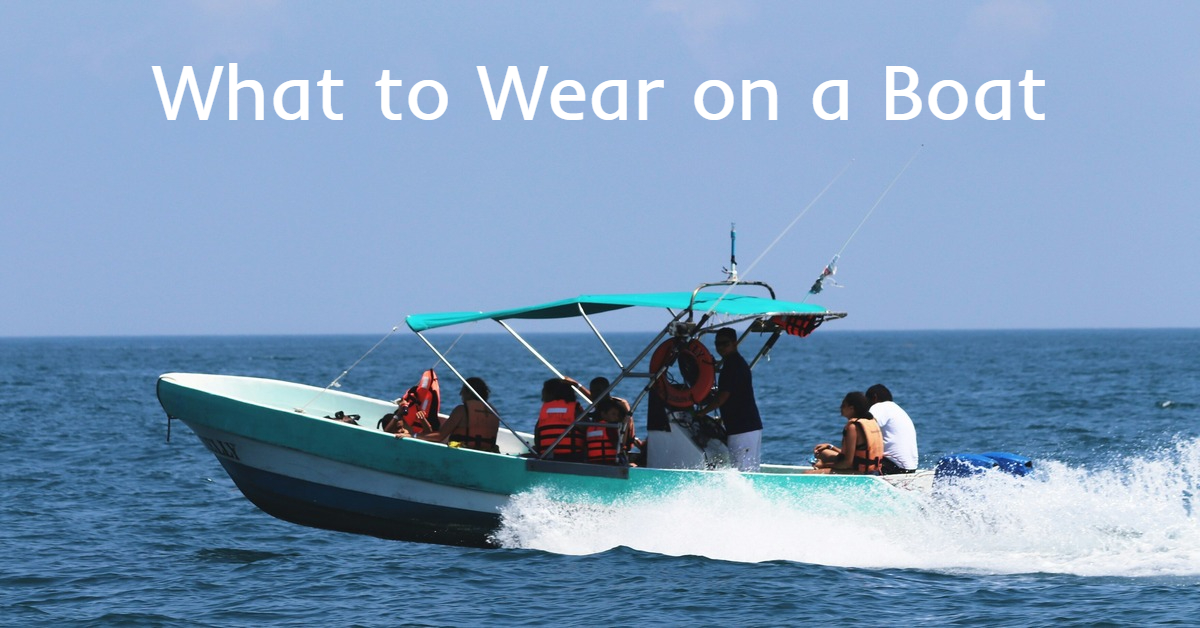
Leave a Reply